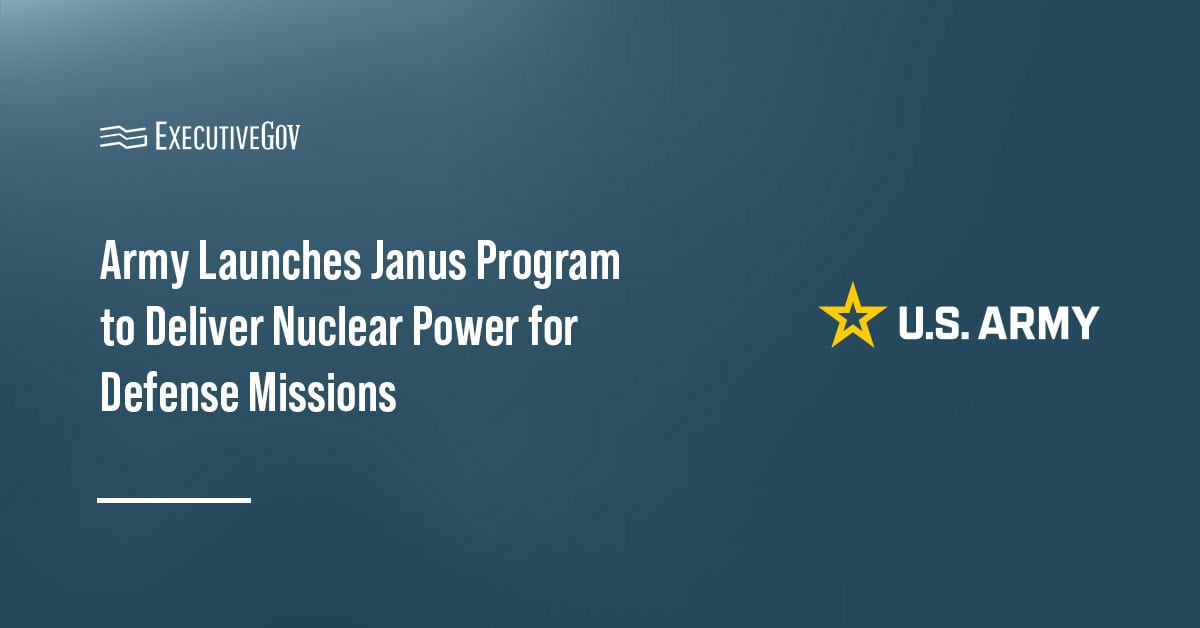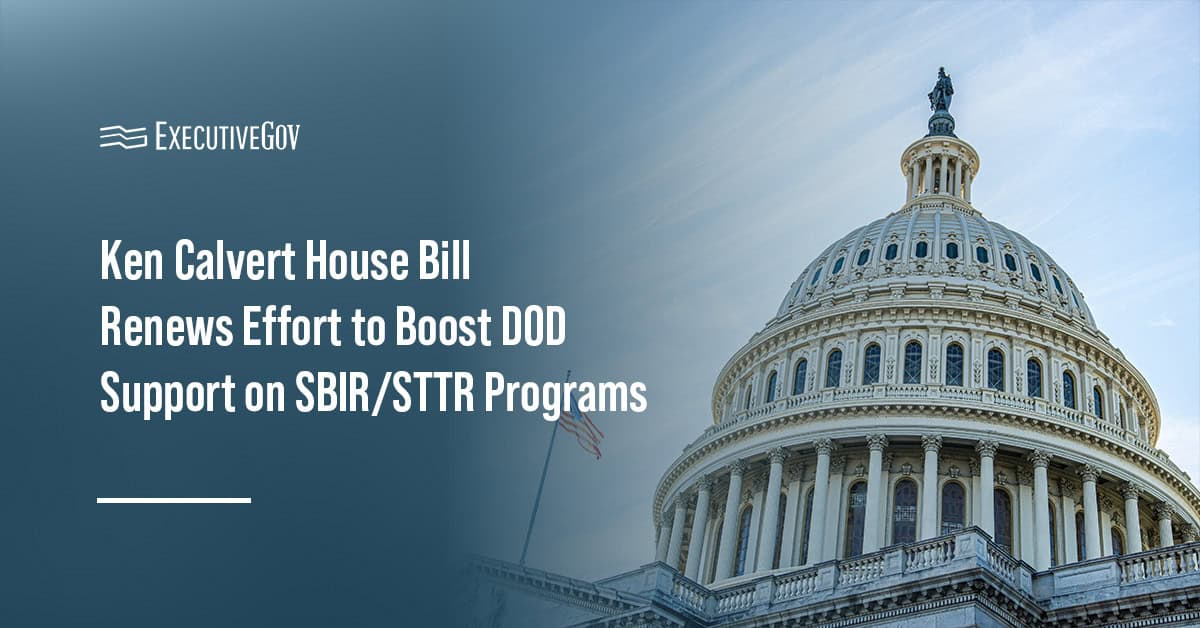The Trump administration is continuing to accelerate the resurgence of U.S. manufacturing through a series of private sector investments aimed at boosting domestic production and creating thousands of highly skilled jobs.
Table of Contents
What Are Major Corporate Investments Boosting US Manufacturing?
The White House said Wednesday automaker Stellantis disclosed plans to invest $13 billion in efforts to expand its U.S. production capacity by 50 percent over the next four years. The initiative includes reopening its Belvidere, Illinois-based plant and increasing output at facilities in Ohio, Michigan and Indiana.
The expansion is projected to generate 5,000 new jobs and add five new vehicle models to U.S. production lines.
Whirlpool announced that it will invest $300 million in its U.S. laundry manufacturing network to grow its U.S. manufacturing footprint. The move is expected to create up to 600 new positions at its facilities in Ohio.
The GE Aerospace Foundation revealed plans to launch a $30 million workforce skills training program to help meet the need for advanced manufacturing workers across the U.S.
Investment Trend Across Pharma & Other Critical Industries
The investments build on recent commitments from major corporations aimed at strengthening U.S. manufacturing.
Pfizer announced that it would invest $70 billion to reshore domestic manufacturing facilities and support research and development in the U.S. Meanwhile, GSK said it would invest $30 billion in U.S. research and development and supply chain infrastructure over the next five years.
Other companies that have announced investment plans are AstraZeneca, Amgen, Eli Lilly, Hitachi and ABB.













